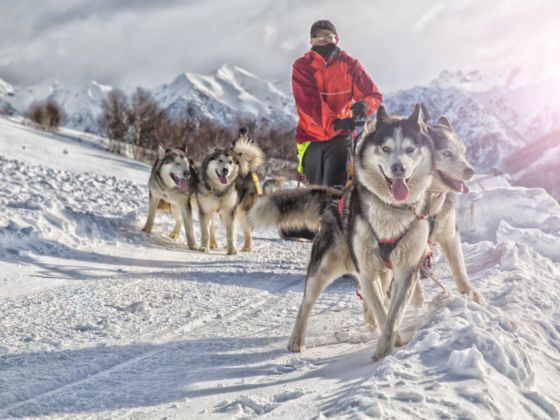Picture Alaskan winters and images of dog-sledding, polar bears, and blizzards likely come to mind. That isn’t entirely inaccurate — but it doesn’t paint a complete picture, either. Winter in Alaska has its joys; it’s also as much a harsh reality as it is a state of mind. Spending winter up north will teach you a few things about cold, isolation, and survival == and it may also surprise you.
Here are 13 things only people who spend the winter in Alaska understand.
